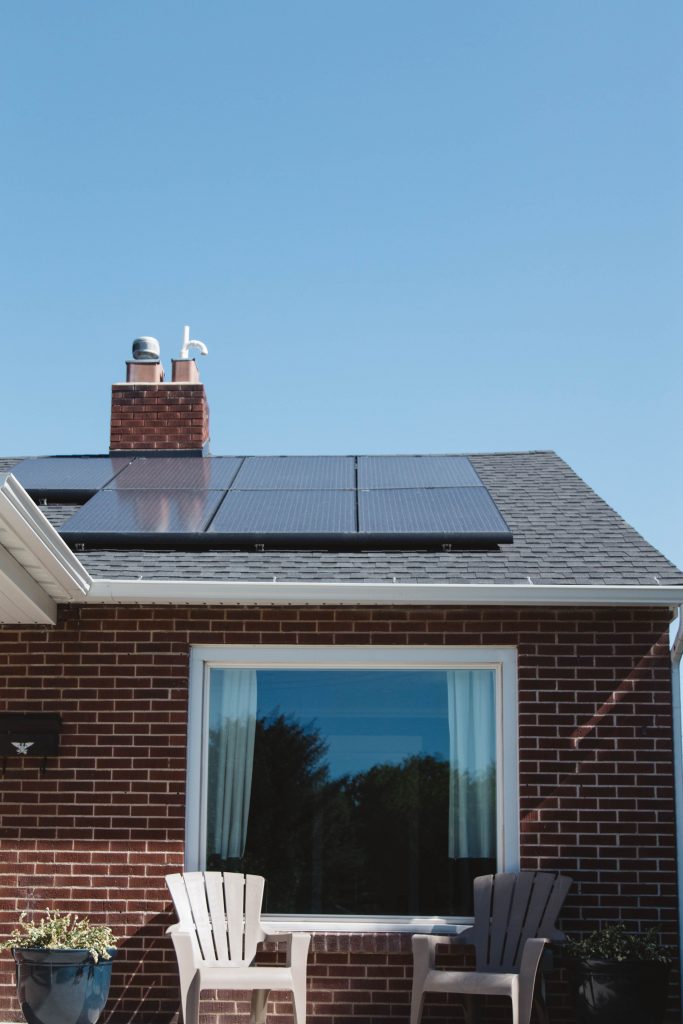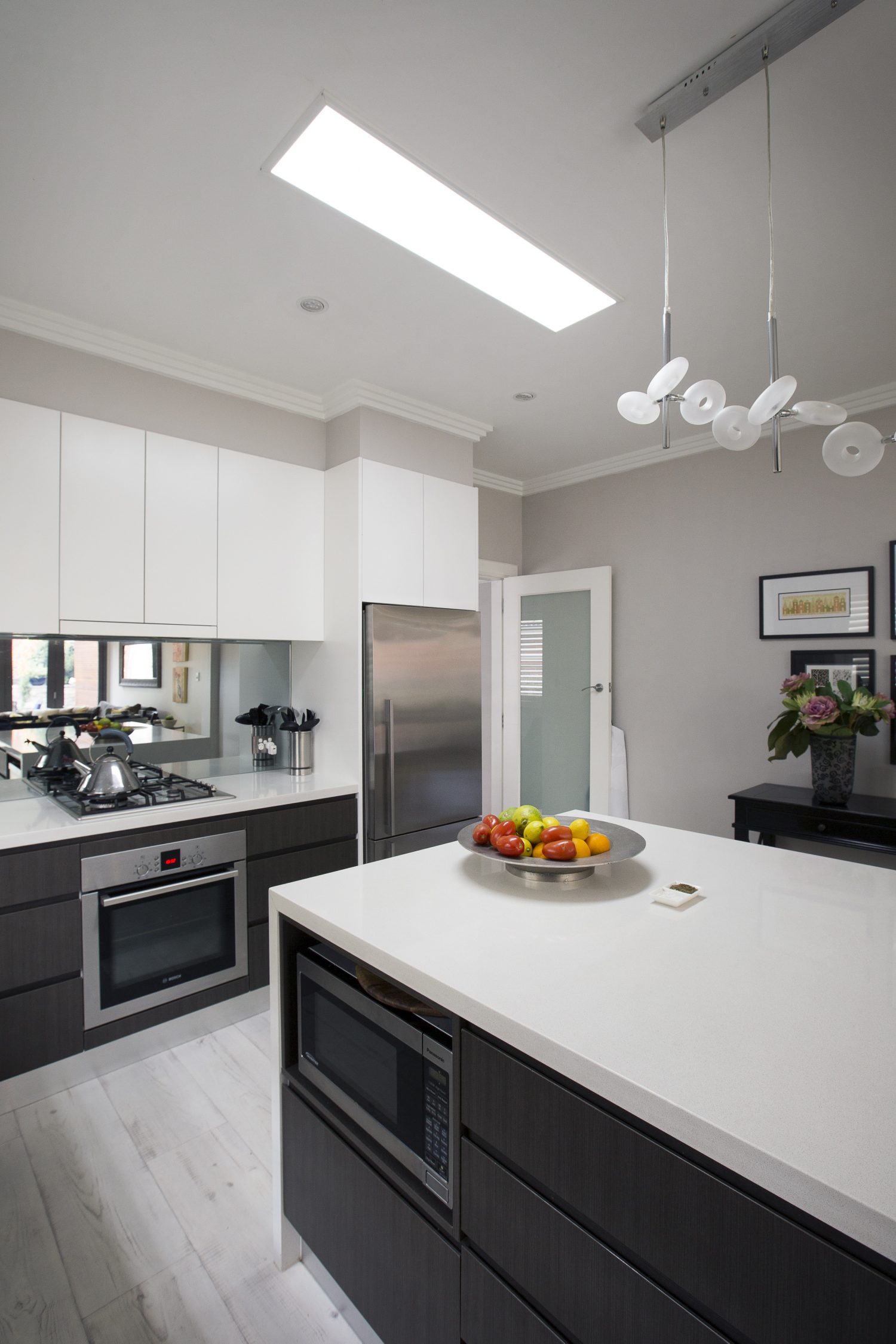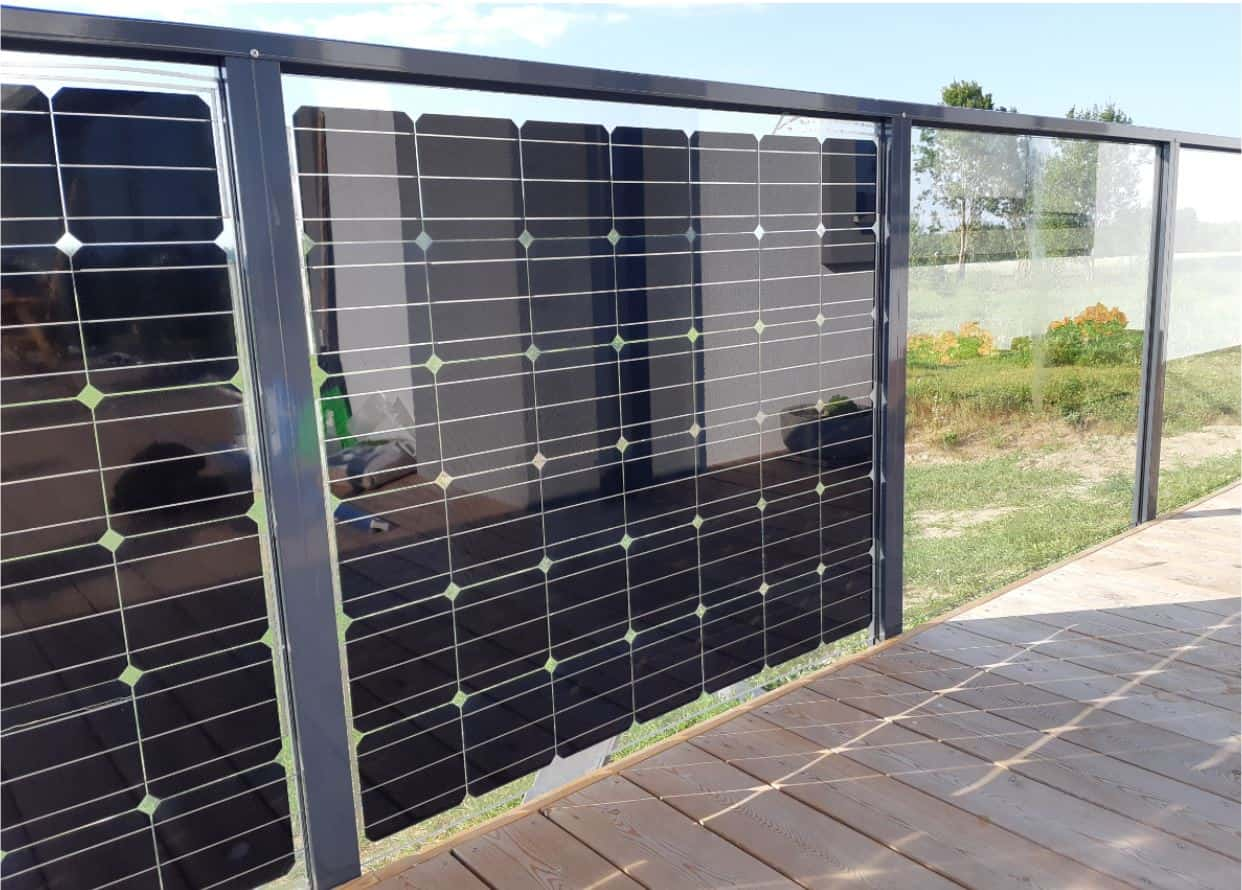Building-Integrated Photo Voltaic (BIPV) refers to the usage of solar photo voltaic material as part of the building integrated elements such as roof, facade, carport etc. to replace conventional building elements and of course to generate energy. The beauty of BIPV lies in the fact that the energy is generated at the point of consumption. As a result, this reduces wastage and substantially lowers costs.
BIPV is increasingly gaining significance as distributed energy generation is emerging as a substitute to curtail the burden on fossil fuel-based power plants and complicated grid network. In addition, authorities are also increasingly keen on Pushing Distributed Energy Generation, Community Electricity Generation, Net Metering and Net Zero Energy Building (NZEB). This further solidifies the importance of BIPV.
Typically, a BIPV system contains the PV module which can be of thin film or crystalline, Power conditioning and controlling equipment, appropriate storage elements and finally the necessary mounting and interconnecting hardware.
BIPV installation can be done off-grid where battery energy storage is a mandate for peak shaving and valley filling. Moreover, it can also be with grid integrated wherein the grid itself is a storage device.
BIPV can have vast application such as:
Facade and Cladding

Here solar elements replace the conventional glasses and cladding. Various products are available in the market depending on the application. You can make the selection based on aesthetics, cost, design simplicity, light transmittance, noise reduction property etc. You should take necessary precautions to minimize the shading and soiling losses, thereby maximizing the energy gain.
Roof

Premium roof tiles are available in the market in many variants, installers can select the products based on cost and design adaptiveness. The system will work very efficiently with zero compromise on aesthetics. You can monitor the energy yield and the system performance continuously with efficiently installed smart communication network.
Skylights

Transparent glass to glass panels are a good substitute to traditional skylights. It guarantees free electricity along with the comfort of controlled room temperature and natural light. A variety of products are available in the market. In future, this solution is likely to be heavily commercialized. Especially when solar-based carport charging stations gain popularity for electric vehicles.
Hand Rails

You can integrate transparent and bi-facial solar panels with hand rails that are exposed to the outside sun. This comes with the added advantage of appealing aesthetics.
Moreover, as extensive research is actively happening in this domain, more advanced products can be expected in the near future.
The advantages of BIPV are many –
- the power production at the point of use saving electricity cost
- reduced dependency on fossil fuels averting emission of hazardous gases to the atmosphere
- and of course aesthetic appeal to top it all.
However, despite the numerous advantages, commercialization of BIPV solutions is happening at a slow pace. Primarily due to deterrents like high initial cost and resistance in the consumer minds to change from conventional building expectations.
Would you consider using BIPV in your construction project? Share you thoughts below.
Good read! Definitely one to look out for the future.
It is an area still not well sold by energy saver forums and environmentalists.. During the last two flood seasons, when there was power failure for long hours,we did not find any difficulty as our home was solarised. If it is devised as an integrated building material it will be super idea indeed!